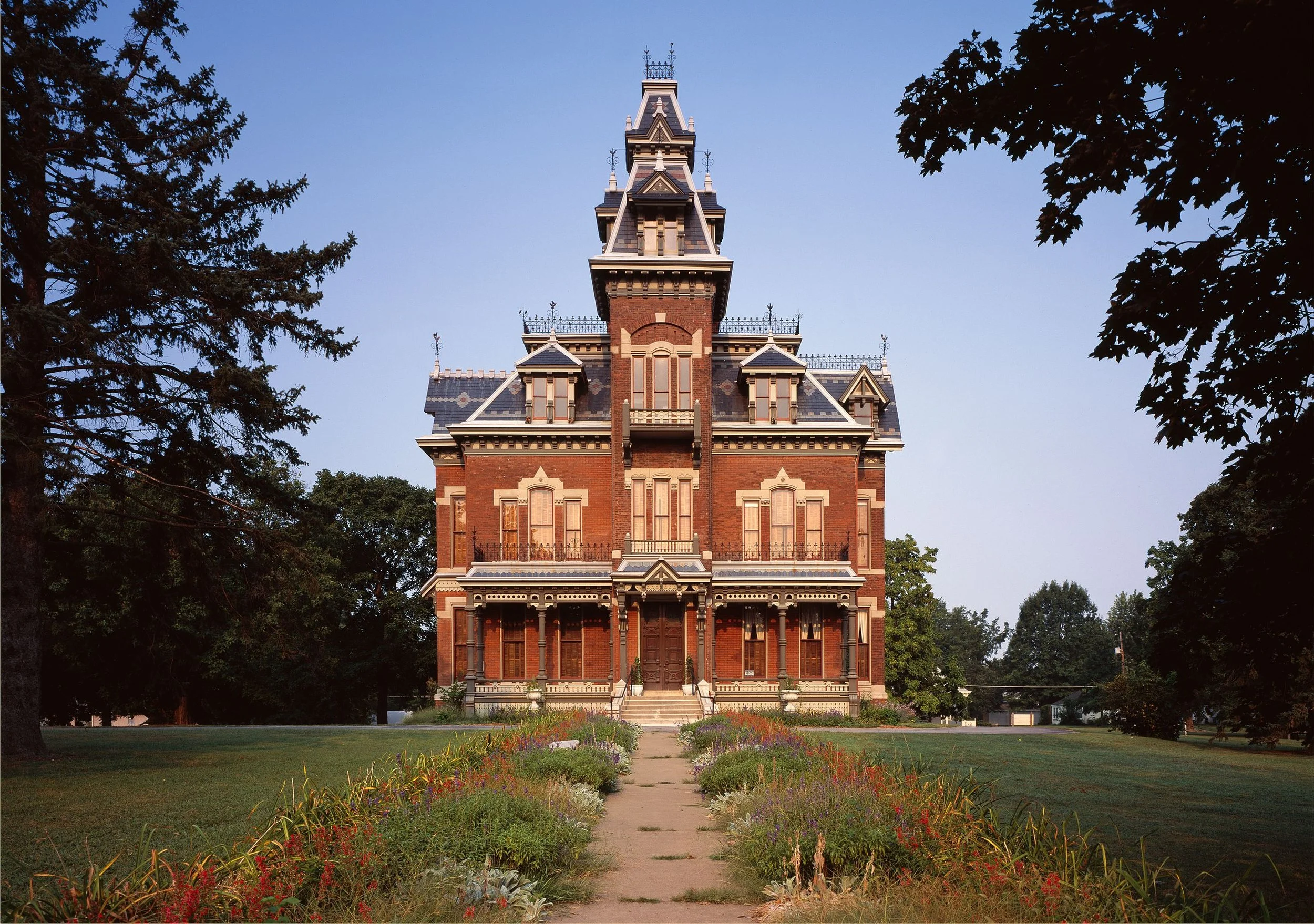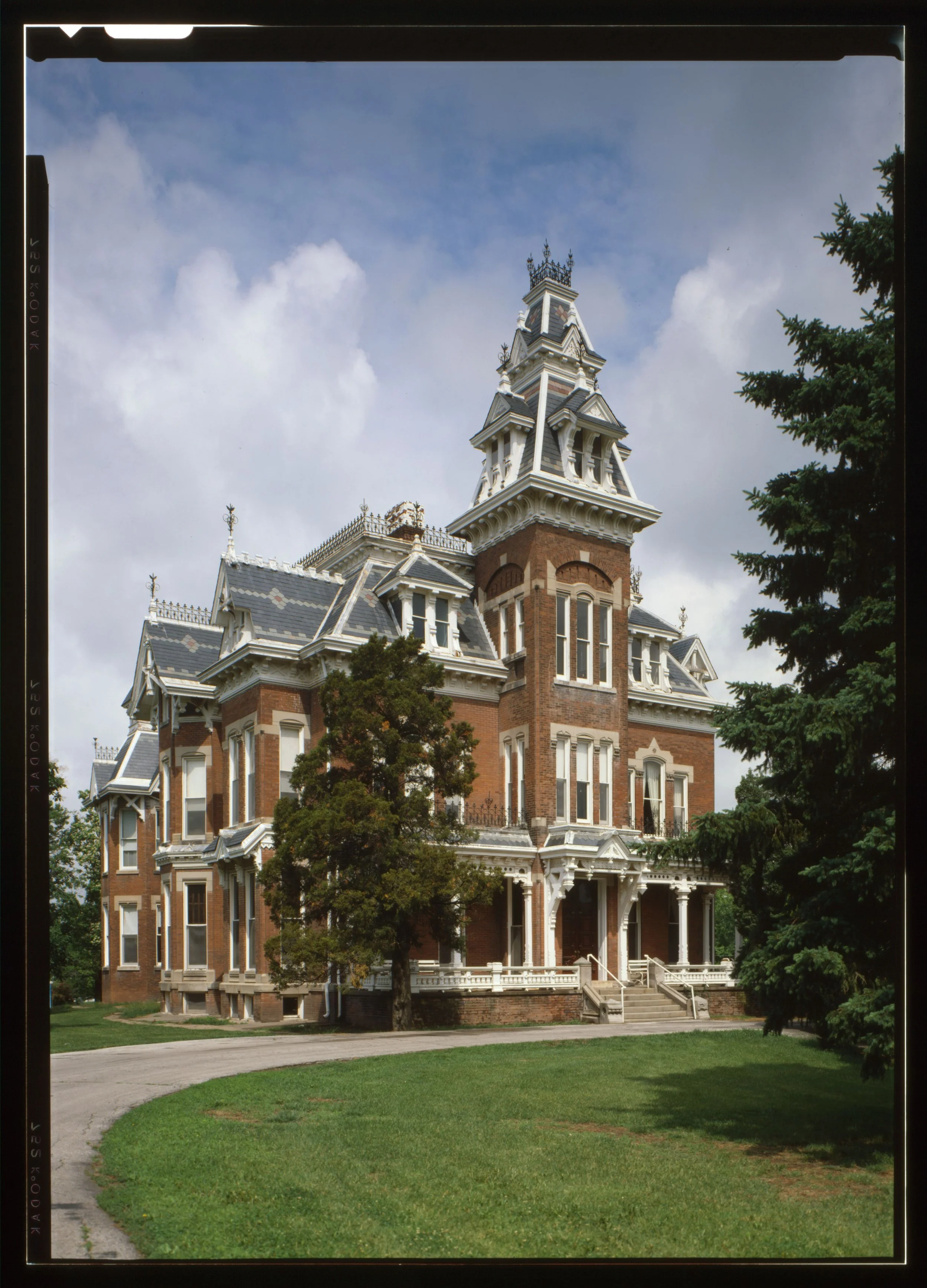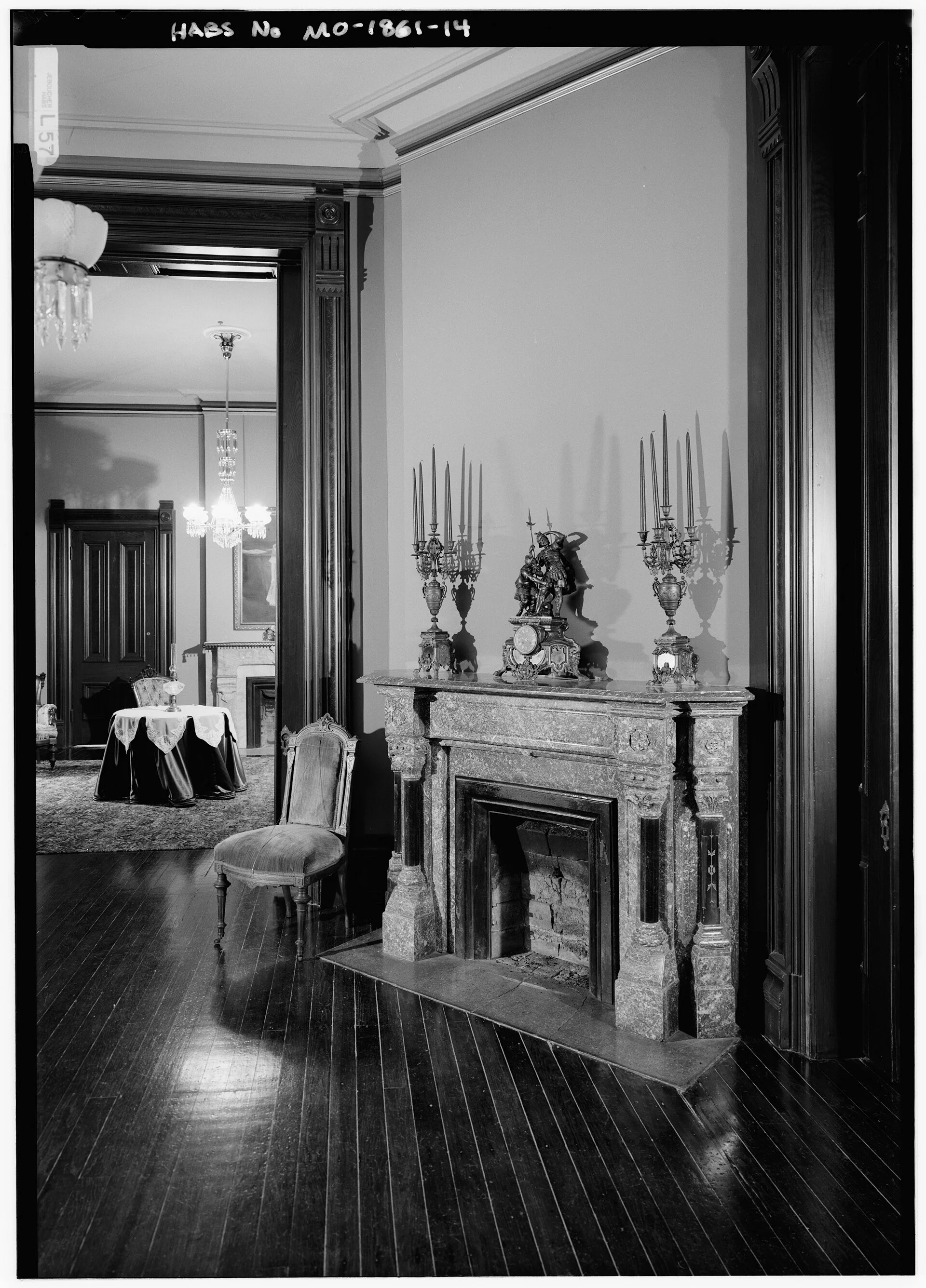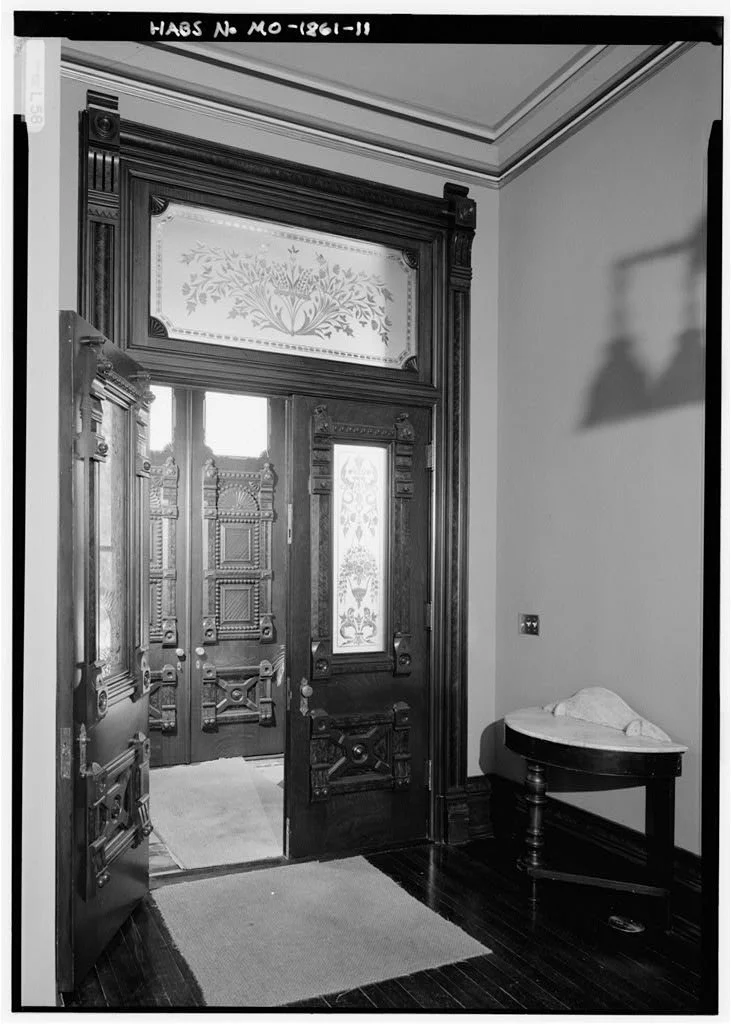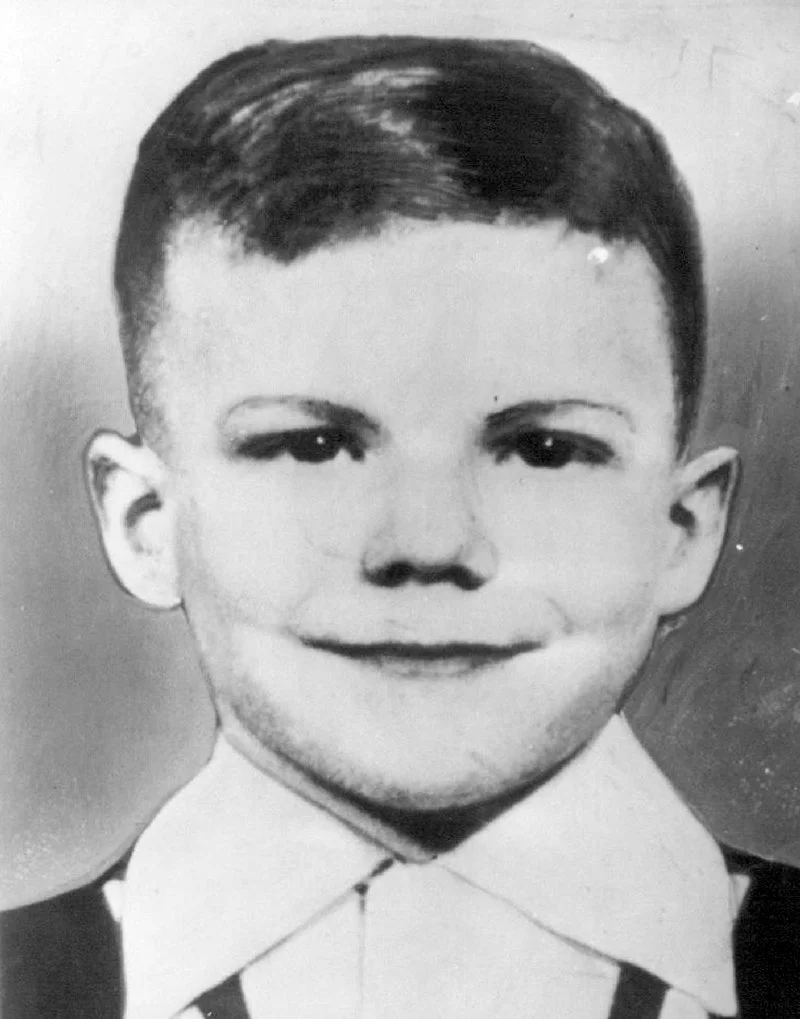The Story of Vaile Mansion in Independence
The Story of Vaile Mansion in IndependenceIf you were forwarded this email, click here to subscribe (it's free!) Read this story online | Sponsor this newsletter | Shop 📸
The Vaile Mansion in Independence, MO is one of the most notable surviving examples of Second Empire architecture in the United States. Built in 1881 for Colonel Harvey Merrick Vaile and his wife, Sophia, the residence was designed by Kansas City architect Asa Beebe Cross and inspired by a large home the Vailes visited in Normandy. Constructed of hand-pressed red brick with white limestone trim, the symmetrical façade features a central tower, mansard roofs, ornate bracketed cornices, and tall, narrow windows that emphasize its verticality. At the time of its completion, the Kansas City Times declared it “the most princely house and the most comfortable home in the entire west.”
The 31-room, three-story mansion boasted amenities rare for its time, including nine marble fireplaces, painted ceilings by European artists, gas lighting, speaking tubes, and indoor running hot and cold water supplied by a 6,000-gallon built-in tank. It was the first house in Jackson County with indoor plumbing. A large wine cellar capable of holding 48,000 gallons supported Vaile’s vineyard and wine-making operation, while other outbuildings and landscaped grounds added to the estate’s grandeur. At its height, the property encompassed 630 acres and included orchards, gardens, fountains, and a greenhouse.
Harvey Vaile, a Vermont-born lawyer and entrepreneur, made his fortune through ventures such as construction projects, investments in the Erie Canal, and U.S. mail contracts along the Star Route to Santa Fe. His political connections and success in business allowed him to host prominent guests, including senators and congressmen, at the mansion. However, Vaile’s later years were overshadowed by the federal Star Route scandal. Though acquitted after two trials, the legal expenses were immense, and during this period his wife Sophia died of an apparent morphine overdose in 1883 after a battle with stomach cancer.
Following Vaile’s death in 1894, the estate went through years of legal disputes among heirs. In the decades that followed, the mansion was repurposed for various uses, including as an inn, a private asylum, a mineral water bottling facility, and a nursing home. By the mid-20th century, the building had deteriorated and faced potential demolition. In the 1960s, Roger and Mary Mildred DeWitt purchased and began repairs, ultimately donating the property to the City of Independence in 1983. Today, the Vaile Mansion is operated as a historic house museum by the Vaile Victorian Society. Want to learn more about historic homes in KC? 🏛️⬇️ This Week's Featured Home6141 Mission Dr, Mission Hills, KS 66208
The Weekly Featured Home is in partnership with KC Daily - the best news in Kansas City every weekday morning, for free. Hey Reader, thanks for being a fan of KC Yesterday! I hope you'll check out The Historic Mansions of KC, featuring 26 of Kansas City's most iconic residences. It's on sale for a limited time this week and I'd love to know what you think of it! p.s - on August 12, 1972, Arrowhead Stadium opened its gates for the first time, hosting a preseason matchup with against the rival St. Louis Cardinals. |
Stories from the City - History of Kansas City
Join thousands of others and discover Kansas City's captivating history every week with the exclusive newsletter from KC Yesterday. Sign up now to unlock fascinating stories about the mafia, architecture, prohibition, sports, and everything in between!
The Story of UMKC If you were forwarded this email, click here to subscribe (it's free!) Read this story online | Sponsor this newsletter | Shop 📸 The University of Missouri–Kansas City (UMKC) traces its origins to October 1, 1933, when nearly 2,000 Kansas Citians gathered along Brush Creek to celebrate the opening of the University of Kansas City (UKC). Its founders envisioned an institution that would make higher education accessible to local students unable to travel far from home. The...
The Story of the Bobby Greenlease's Kidnapping If you were forwarded this email, click here to subscribe (it's free!) Read this story online | Sponsor this newsletter | Shop 📸 Bobby Greenlease. Courtesy Kansas City Star On the morning of September 28, 1953, a woman arrived at the French Institute of Notre Dame de Sion in Kansas City, Missouri, and told a nun she was the aunt of six-year-old student Robert “Bobby” Greenlease. Claiming Bobby’s mother had suffered a heart attack, the...
The Story of the 1977 Plaza Flood If you were forwarded this email, click here to subscribe (it's free!) Read this story online | Sponsor this newsletter | Shop 📸 Aftermath of the 1977 Plaza Flood. Kansas City Star The 1977 Plaza Flood remains one of Kansas City's most devastating natural disasters. On September 12 and 13 of that year, over 16 inches of rainfall overwhelmed the Brush Creek drainage basin, causing flash floods that swept through the Country Club Plaza and surrounding areas....
